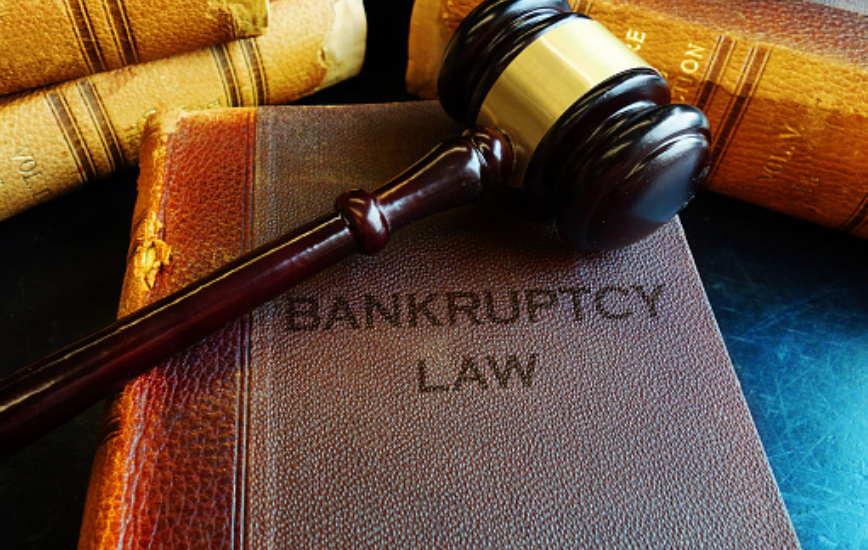The different chapters of the Bankruptcy Code cover different topics and therefore guide how best to handle and identify the cases that fall under each chapter. Chapter 7 is for debtors who have no means to repay the debt. Chapter 9 deals with cases involving local councils. Chapter 12 is for fishermen and farmers. As corrected in Chapter 7 of the Bankruptcy Code, a person’s income in these cases must be less than normal. The logic is different in Chapter 13, where the person filing bankruptcy is reinstated after reorganizing the legal liability for the debt. As you can see, there are some types of bankruptcy based on the chapters in the law. Therefore, people should understand the types before declaring their bankruptcy.

An Overview of Bankruptcy Law
As mentioned above, some bankruptcy types have arranged in bankruptcy law. Every type will be treated differently based on the legal agreement. Strict national laws are used, so there may be some evaluation of the incidental bankruptcy filing. Now, to file a situation under bankruptcy law, an individual must completely convince the institution that he or she is actually without resources that could be used to pay outstanding debts. Therefore, there is no other option but to file for bankruptcy to stop the payment of interest on these debts.
Filing Process of Bankruptcy Case
Filing for bankruptcy requires documented proof to substantiate the claims of someone who has no resources. Judges who handle bankruptcy cases usually determine what the actual and fairly meritorious circumstances are and then assign them under different chapters. Besides, there are the business bankruptcy cases where a supplier goes bankrupt due to many unique reasons and then has to file for bankruptcy, stating that the supplier is unable to pay the debts as they have used all of their assets. At the same time, the company may also announce that it intends to continue its business operations despite bankruptcy.
Rules of Bankruptcy Law
It is usually achieved by extending the recovery period for a longer time, recognizing the minimum amount after the reorganization of the loan debt. On the other hand, real cases where the individual does not need to pay interest are included in the chapter, for example, individuals with certain chronic diseases, unemployed, people with physical deformities, or some other type of illness that involves high costs. It is a way to avoid fraud and to help people who are broke to move forward, to place themselves in society. In this way, it protects the nation and the people and puts them on the road to economic revival. Therefore, people need to follow some rules of bankruptcy law to overcome their issues.

